
Propagating a Venus Flytrap How to Grow a Carnivorous Plant From Seed
Feed Venus fly traps once every 2 weeks if they are not catching flies inside. What to Feed Venus Fly Traps: Flies, wasps, spiders, crickets, live mealworms. Fertilizer: Do not use any fertilizer. Sunlight: Locate in full sun. Watering: Water from the bottom as often as required so that the soil is evenly moist.
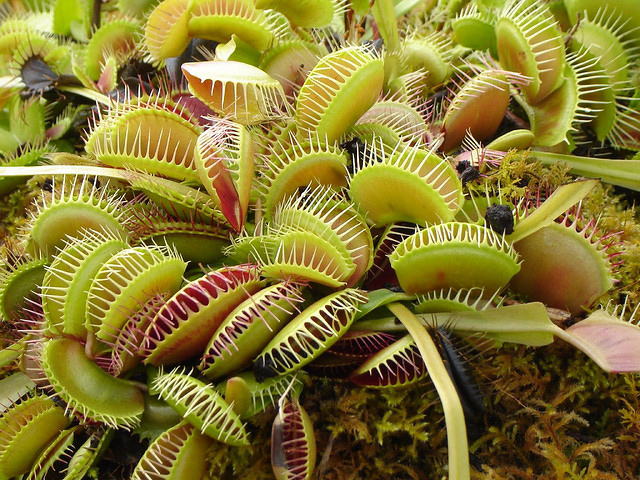
Venus Flytrap State Carnivorous Plant State Symbols USA
Venus Flytrap Overview Where to Grow Venus Flytrap Instead of originating one planet away from Earth, Venus flytraps are perennials native to boggy areas of coastal North and South Carolina. They grow in moist, acidic soils in full sun, but most varieties survive winter outdoors only in Zones 8-10.

How to Properly Care for a Venus Flytrap
Venus flytrap can be propagated by seeds, leaves, flower stalks, or tissue culture (this is how all those cultivars were invented). We'll cover flower stalk propagation together, step by step. (You can also just let your plant grow, since Venus flytraps propagate naturally as they mature, and separate the new plant by division when it's got.

Venus Fly Trap Care 101 How to Grow This Carnivorous Houseplant Bob Vila
Temperature for the Venus Flytrap. The Venus flytrap enjoys temperatures from 70° to 95° F as an outdoor plant and they do great in the summer heat. Average indoor temperatures are good for these plants. Ideal temperatures during the 3-4 months of winter dormancy will range from 35° to 50° Fahrenheit.
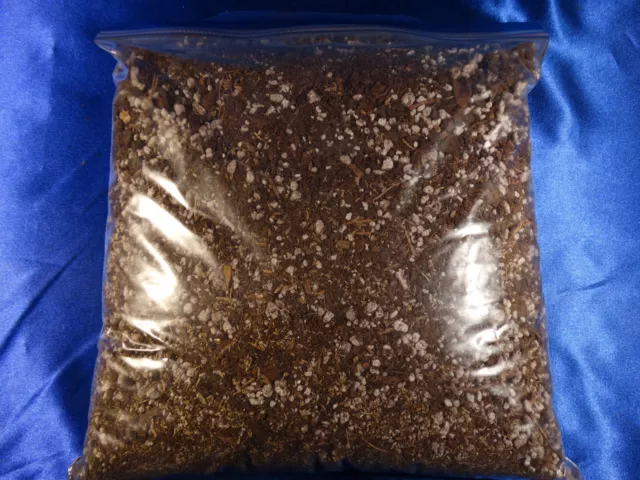
SPECIAL MIX POWER Grow Carnivorous Plant Soil Venus Flytrap Pitcher
The Venus Flytrap ( Dionaea muscipula) is perhaps the most famous carnivorous plant. If you haven't seen them in person, you've more than likely spotted them in horror movies or snapping at Mario in Super Mario Bros While they don't breathe fire or have large white spots, Venus Flytraps can seem ominous.
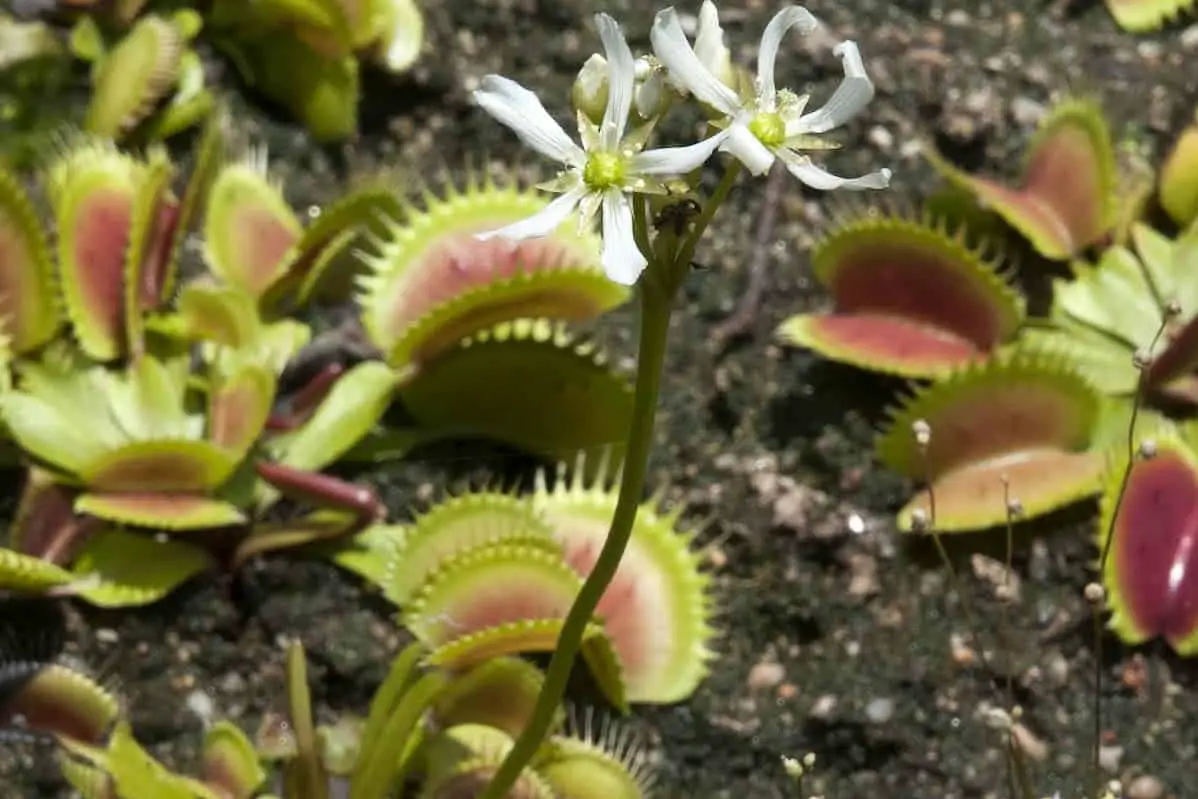
Flowering Venus Fly Trap? 9 Best
Grow carnivorous plants in moist compost. Covering the plug hole of an old sink with black plastic to create boggy conditions. In the wild, hardy carnivorous plants grow in boggy ground, so their compost needs to be moist at all times during the warmer months. Sit the pot in a saucer of water and keep it topped up.
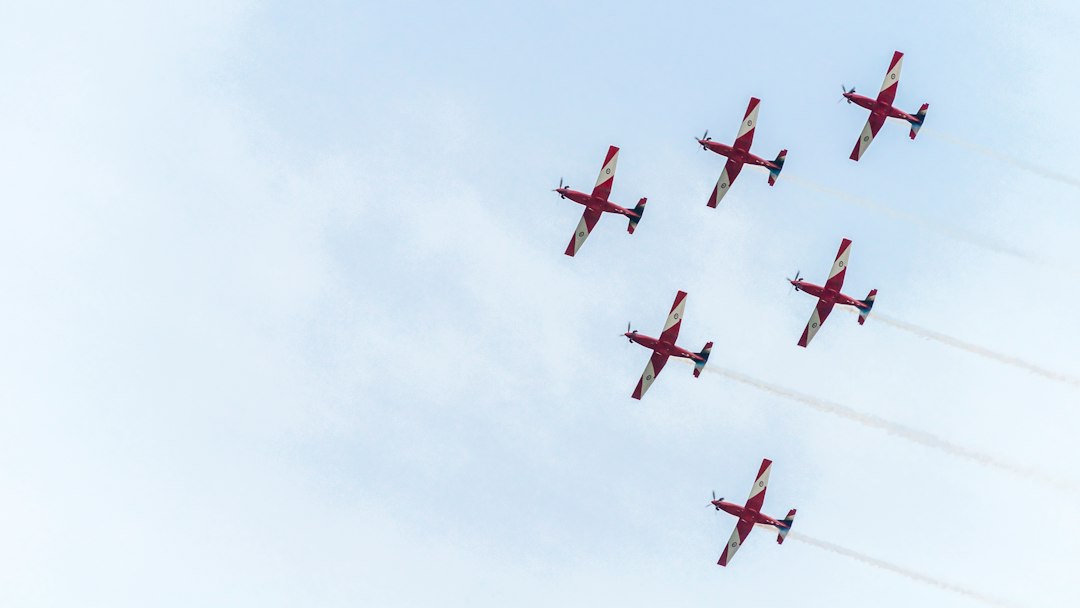
Reviving Your Venus Fly Trap A StepbyStep Guide to Successful
The Venus flytrap is a flowering perennial that belongs to this family. It's native to a tiny region in the southeastern United States where it grows in coastal bogs. Unfortunately, they are so frequently poached that it's now illegal to remove them from the wild, and they're currently classified as a threatened species in their native environment.

Propagating a Venus Flytrap How to Grow a Carnivorous Plant From Seed
BBC Gardeners' World Magazine Published: Friday, 27 January 2023 at 0:16 pm Advice on growing and caring for a Venus fly trap, in our Grow Guide. For many gardeners, the first plant they were given to grow and care for as a child was a Venus fly trap ( Dionaea muscipula ).
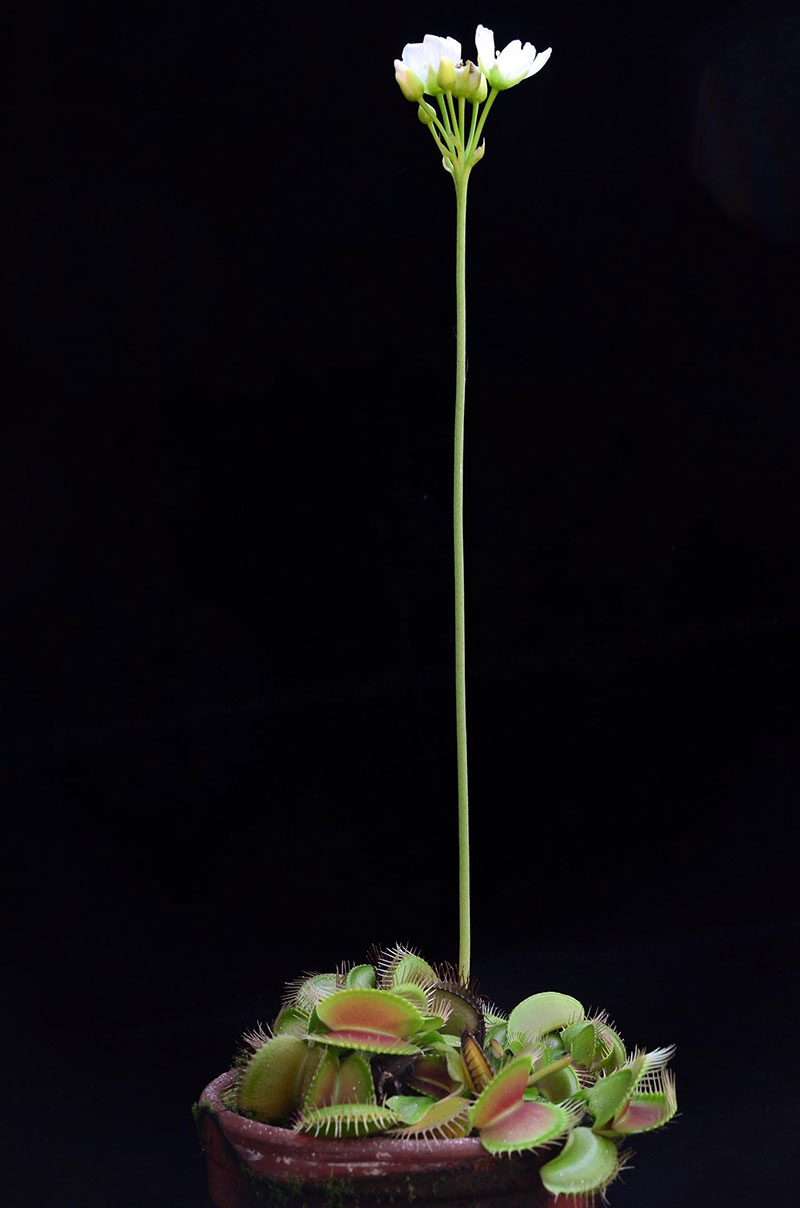
Flowering Venus Fly Trap? 9 Best
The Venus fly trap ( Dionaea muscipula) is a perennial carnivorous plant, a member of the sundew family well known for consuming small insects. People grow it in part because of its unique and eye-catching look, but mostly because of what it does.
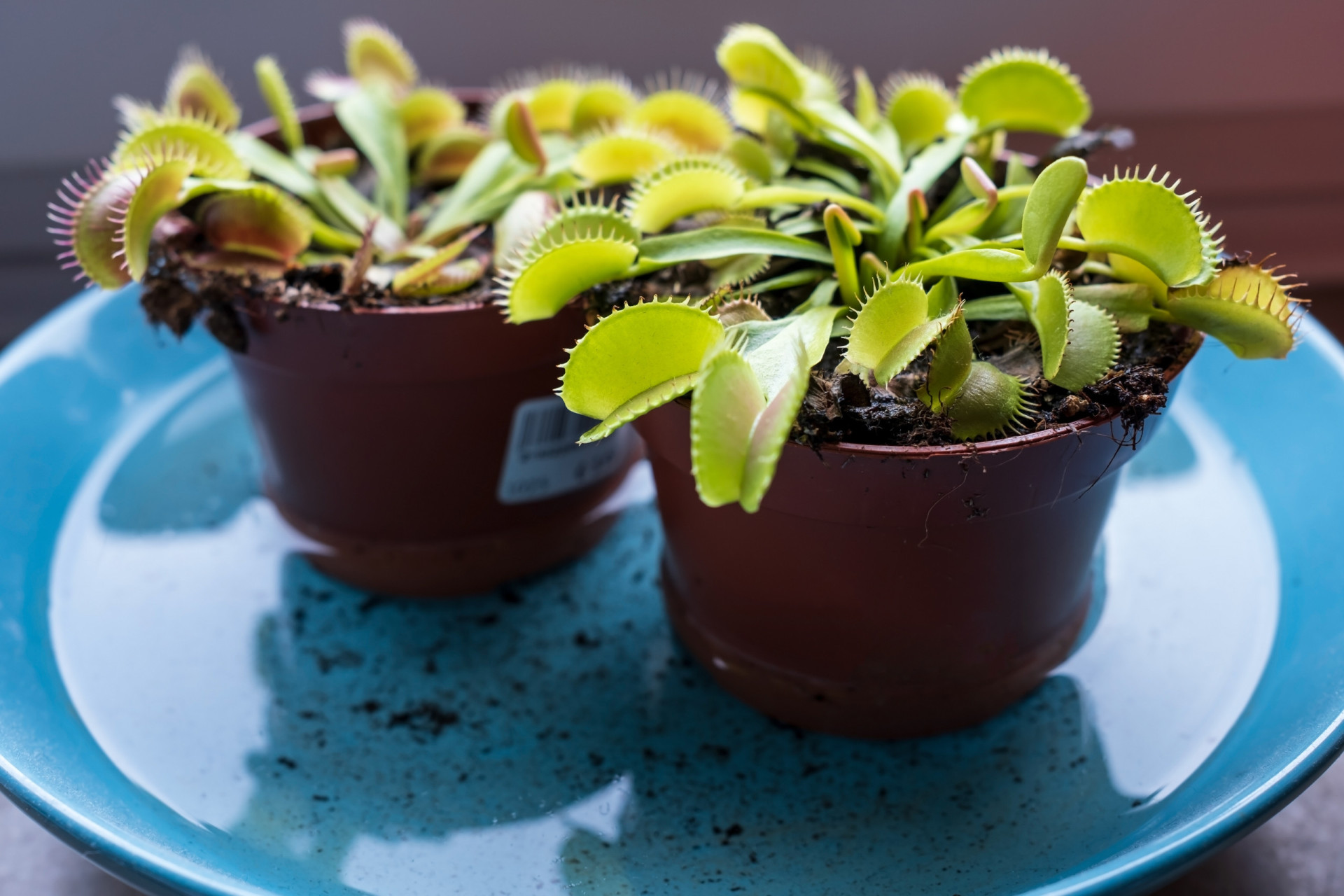
Which house plants are nontoxic to pets?
Venus flytrap is a perennial subtropical flowering plant in the genus Dionaea and family Droseraceae. Native to North Carolina and South Carolina, it is the only species in its genus. Outdoors, Venus flytraps only grow in USDA zone 8 to 10 in moist, acidic soil. Because they are a low-growing plant, they can be challenging to spot in the wild.
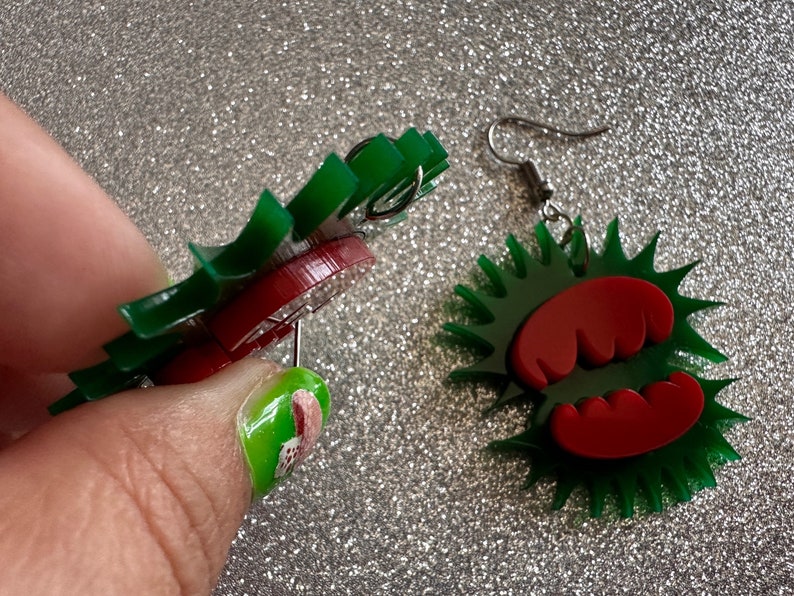
Venus Fly Trap Earrings Exotic Plants, Green Earrings, Laser Cut
The Venus flytrap is a flowering plant best known for its carnivorous eating habits. The "trap" is made of two hinged lobes at the end of each leaf. On the inner surfaces of the lobes are hair-like projections called trichomes that cause the lobes to snap shut when prey comes in contact with them.
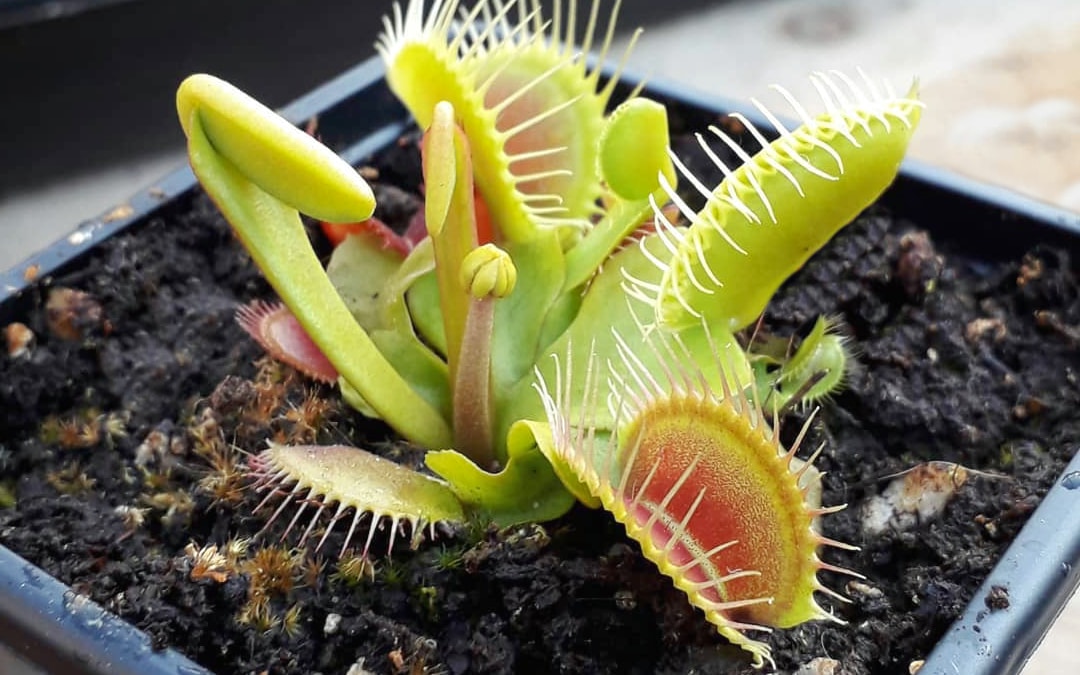
Should I let my Venus Flytrap flower? Tom’s Carnivores
The Venus flytrap ( Dionaea muscipula) is a carnivorous plant native to the temperate and subtropical wetlands of North Carolina and South Carolina, on the East Coast of the United States. [4]

Venus Flytrap State Carnivorous Plant State Symbols USA
Venus flytrap, ( Dionaea muscipula ), perennial carnivorous plant of the sundew family ( Droseraceae ), notable for its unusual habit of catching and digesting insects and other small animals. The only member of its genus, the plant is native to a small region of North and South Carolina, where it is common in damp mossy areas.
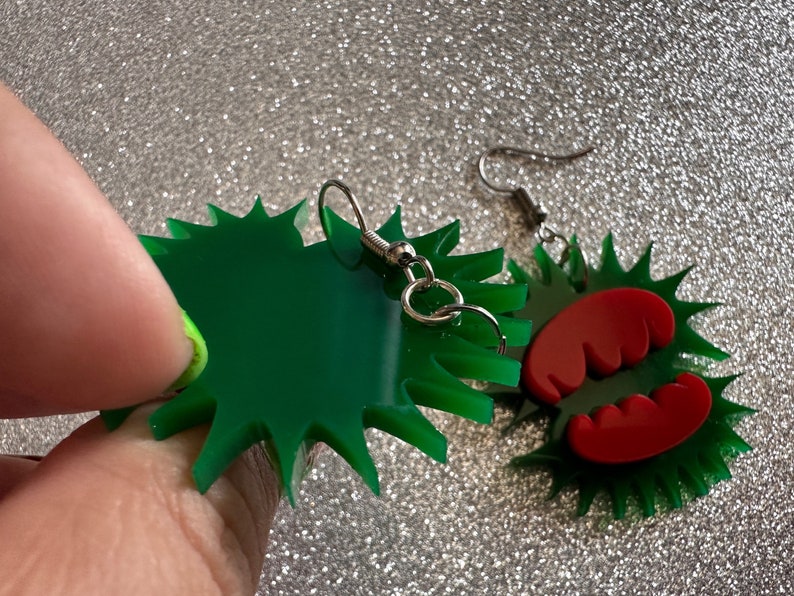
Venus Fly Trap Earrings Exotic Plants, Green Earrings, Laser Cut
The Venus fly trap needs slightly acidic moist soils. Grow a Venus fly trap in a peat moss and sand mixture, which will provide mild acidity and help hold water without keeping soils too soggy. The plant needs at least 60 percent humidity and day time temperatures of 70 to 75 F. (22-24 C.). Nighttime temperatures should not go below 55 F. (13 C.).

Venus Fly Trap Earrings Exotic Plants, Green Earrings, Laser Cut
Without a doubt the most famous carnivorous plant, the Venus Flytrap is - for many growers - a gateway drug! Charles Darwin famously described the plant as "one of the most wonderful in the world," and few who have witnessed a healthy trap snapping shut on an insect would disagree. Venus Flytraps attract prey using sweet nectar.

What Is A Venus Fly Trap Outlet Cheap, Save 42 jlcatj.gob.mx
Venus flytraps produce thick cylindrical structures that are flower stalks. The flower stalks extend to be a lot taller than the traps and eventually turn into flower bunches. The flowers are not particularly impressive, but they are pretty. They are white and have green veins running through the petals.